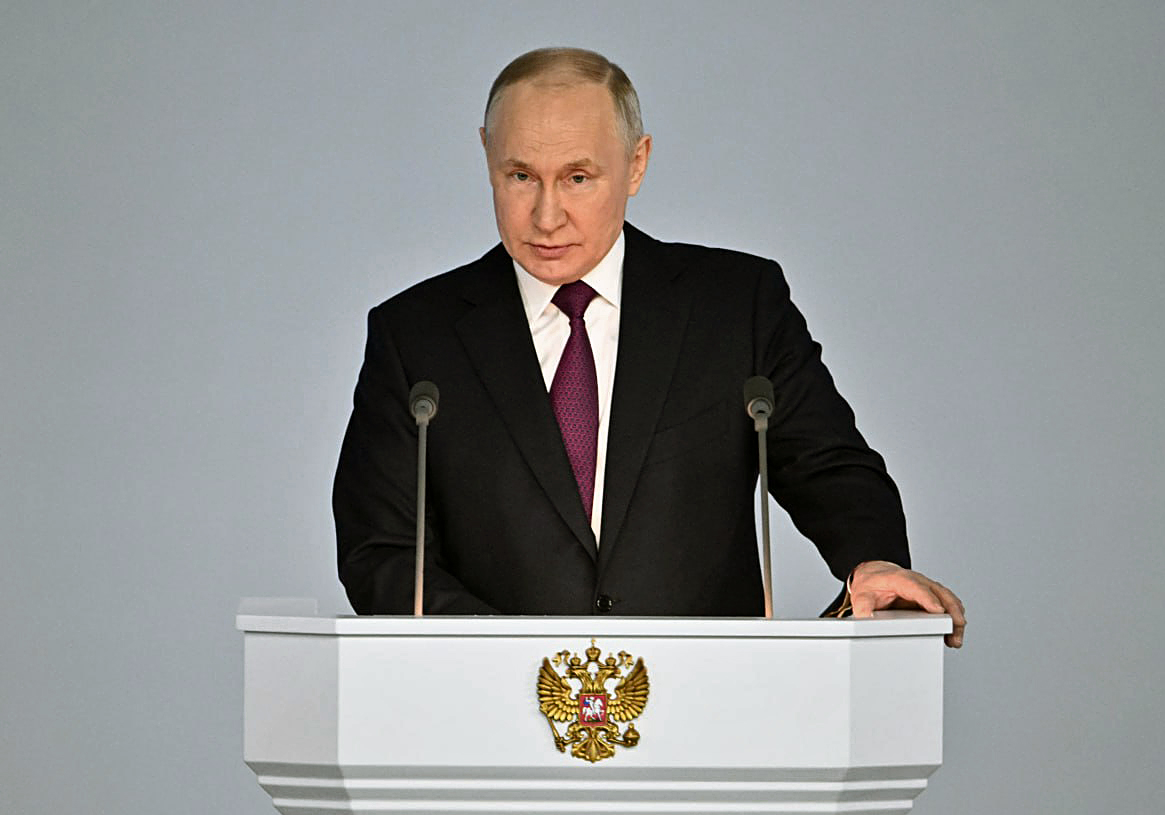Understanding Putin's Landslide Victory in Russian Presidential Election
Introduction
The recent presidential election in Russia saw Vladimir Putin clinching a landslide victory, marking his biggest win yet. This article delves into the process, changes made by Putin, and the implications of his victory.
Election Process
- Unlike past elections, this one spanned three consecutive days, with Putin securing a significant lead.
- Changes in the constitution have enabled Putin to repeatedly secure the presidency.
- Putin's victory speech, addressing World War 3 concerns, raises important questions.
Electoral Dynamics
- Despite some protests, Putin's dominance in Russian politics remains unchallenged.
- The election results reveal overwhelming support for Putin, reminiscent of historical longevity in Russian leadership.
- The top candidates largely supported Russia's involvement in the Ukraine conflict, except for one anti-war candidate, Boris.
Electoral System
- The presidential election process involves two rounds of voting.
- If no candidate secures a majority in the first round, the top two candidates proceed to a second round.
- Putin's high popularity led to his direct victory without the need for a second round.
Evolution of Presidency
- Putin's presidency dates back to 2000, with the constitution initially limiting presidents to two terms.
- Medvedev's interim presidency allowed Putin to circumvent term limits, leading to his prolonged stay in power.
Conclusion
Putin's enduring presidency, characterized by constitutional amendments and electoral dominance, reflects a complex political landscape in Russia. Understanding the intricacies of his victory provides insight into the country's political trajectory



.png)






0 Comments